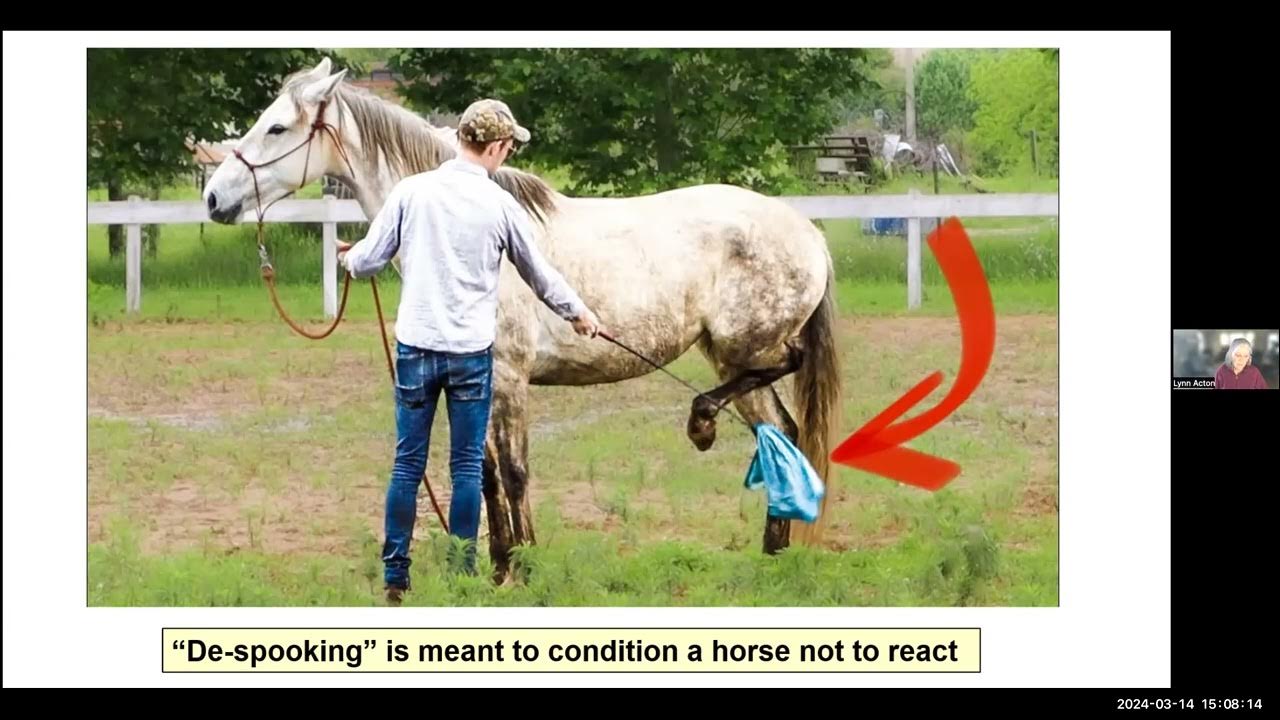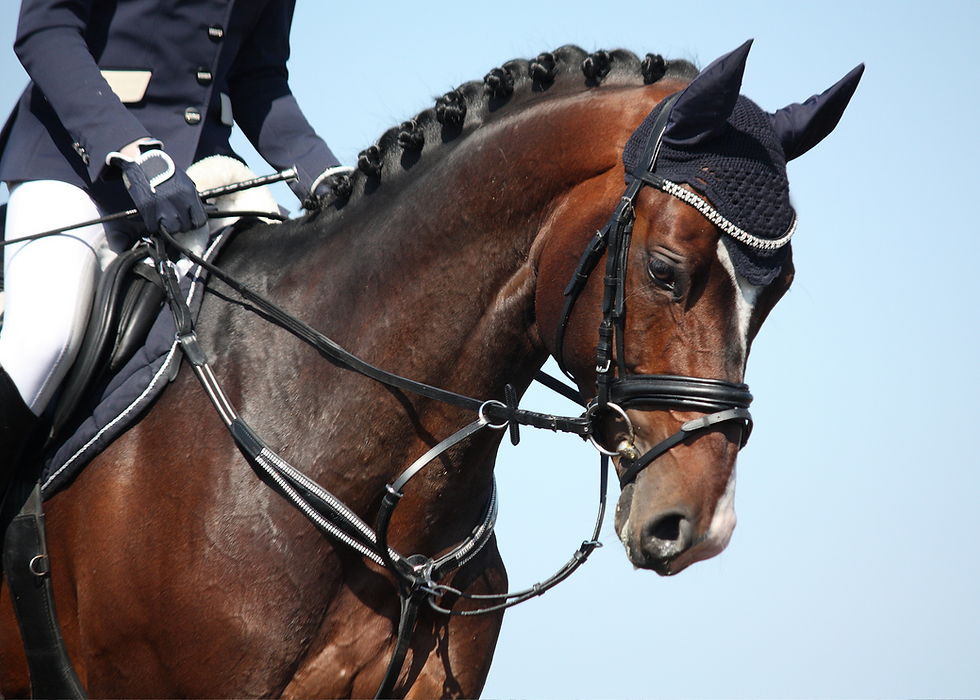Spooking Issues: Desensitization Techniques for Your Horse

Spooking is a common behavior in horses where they react suddenly to unexpected stimuli, often out of fear or surprise. This can be dangerous for both the horse and rider, so understanding and addressing spooking through desensitization techniques is essential for safety and confidence.
What Causes Spooking?
- Natural Instincts: Horses are prey animals with a strong flight response.
- Lack of Exposure: Unfamiliar objects or environments can trigger fear.
- Previous Negative Experiences: Past trauma or bad encounters can heighten sensitivity.
What is Desensitization?
Desensitization is a training process that gradually exposes your horse to stimuli that typically cause spooking, helping them become more comfortable and less reactive over time. This method builds trust and confidence between horse and handler.
Effective Desensitization Techniques
| Technique | Description | Benefits |
|---|---|---|
| Gradual Exposure | Introduce the horse slowly to the stimulus in a controlled environment. | Reduces fear by familiarization. |
| Counter-Conditioning | Pair the stimulus with positive experiences like treats or praise. | Creates positive associations. |
| Systematic Desensitization | Increase stimulus intensity step-by-step as the horse remains calm. | Builds tolerance progressively. |
| Use of Props | Objects like tarps, flags, or plastic bags are used to simulate triggers. | Helps horses get used to common spook triggers. |
Step-by-Step Guide to Desensitizing Your Horse
- Identify Triggers: Observe what causes your horse to spook.
- Start Small: Use less intense versions of the trigger.
- Stay Calm: Your calm demeanor helps reassure your horse.
- Reward Calm Behavior: Use treats or gentle praise.
- Increase Exposure Gradually: Slowly increase the intensity or duration.
- Be Patient: Progress may be slow but consistent.
Benefits of Desensitization
- Enhances safety for rider and horse.
- Builds trust and communication.
- Improves horse’s confidence and reliability.
- Reduces stress and anxiety in new situations.
Common Challenges and How to Overcome Them
- Regression: Horses may revert to spooking; revisit earlier steps.
- Overexposure: Too much too soon can increase fear; always progress slowly.
- Inconsistent Training: Regular sessions are key to success.
Frequently Asked Questions (FAQ)
Q: How long does desensitization take?
A: It varies by horse and stimulus but expect weeks to months of consistent training.
Q: Can desensitization be done alone?
A: While possible, having an experienced trainer can improve safety and effectiveness.
Q: What if my horse refuses to approach the stimulus?
A: Never force your horse; take a step back and proceed more slowly.
By applying these desensitization techniques thoughtfully and patiently, you can help your horse overcome spooking behaviors, leading to a safer and more enjoyable riding experience.
